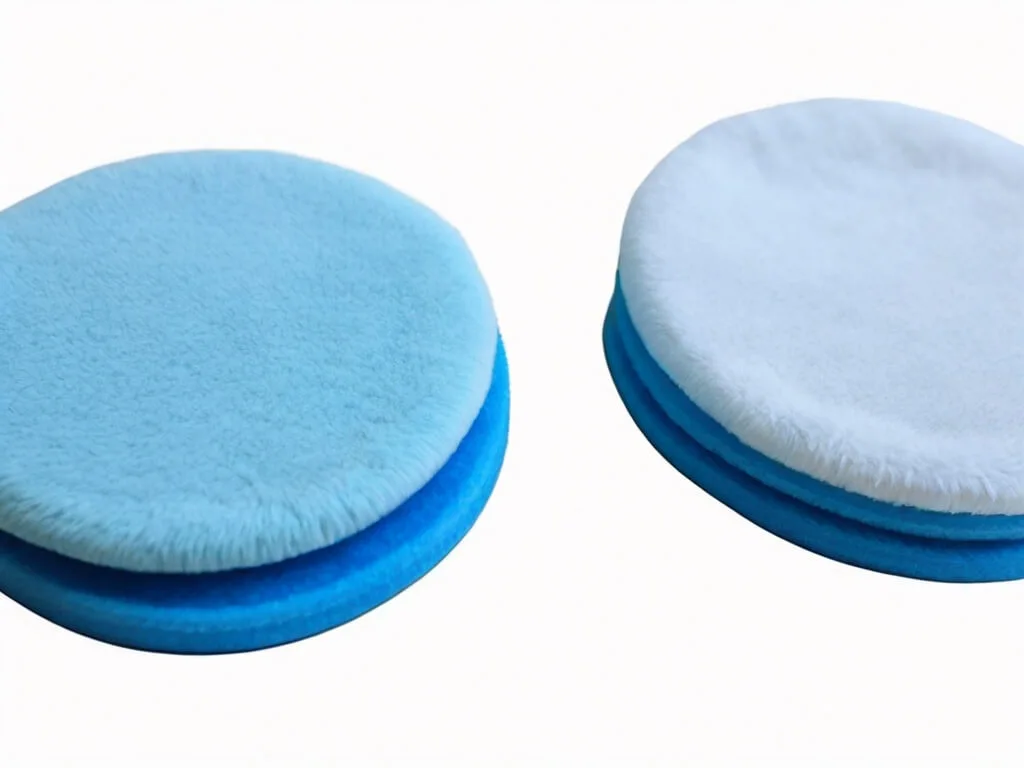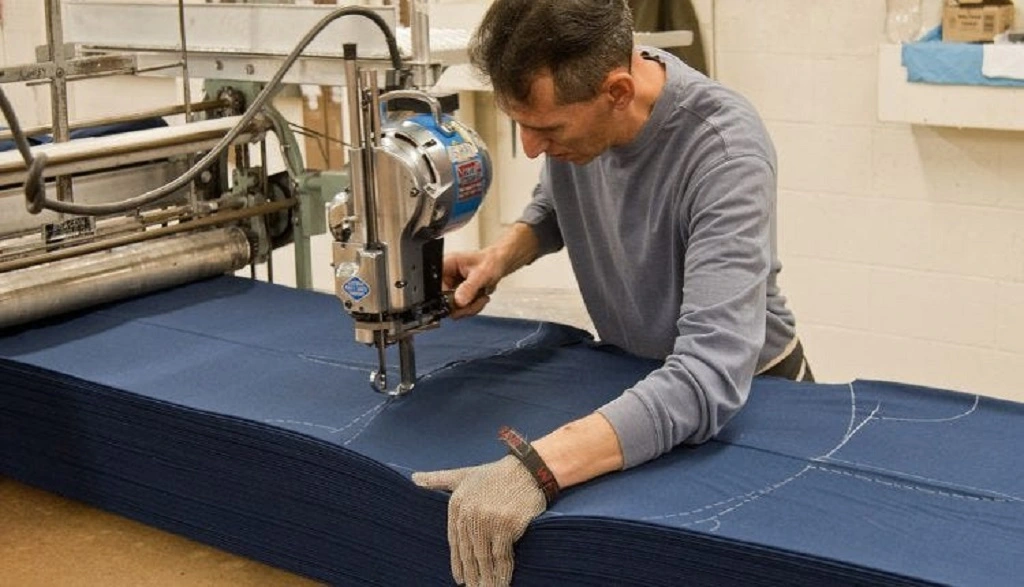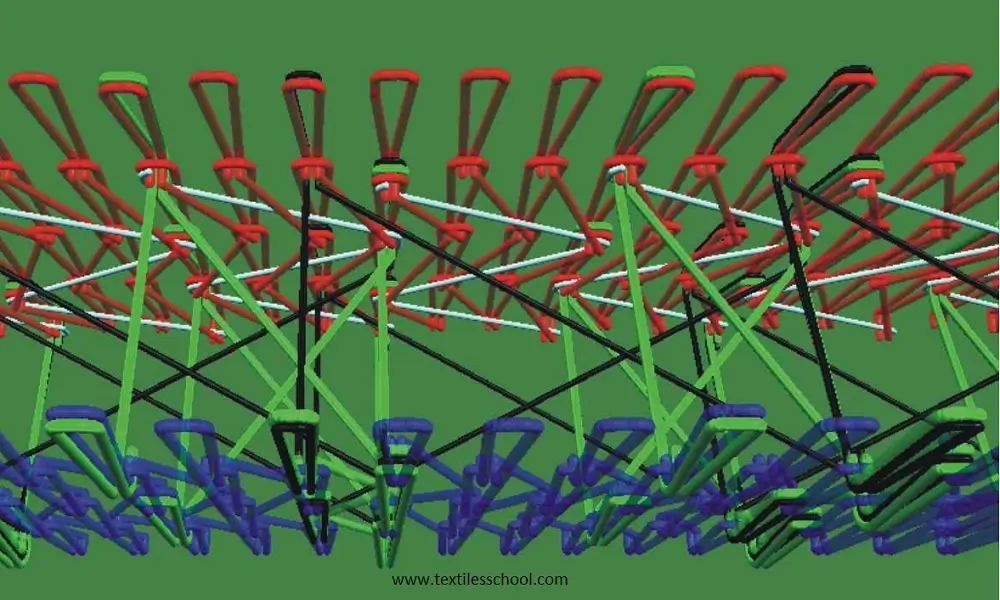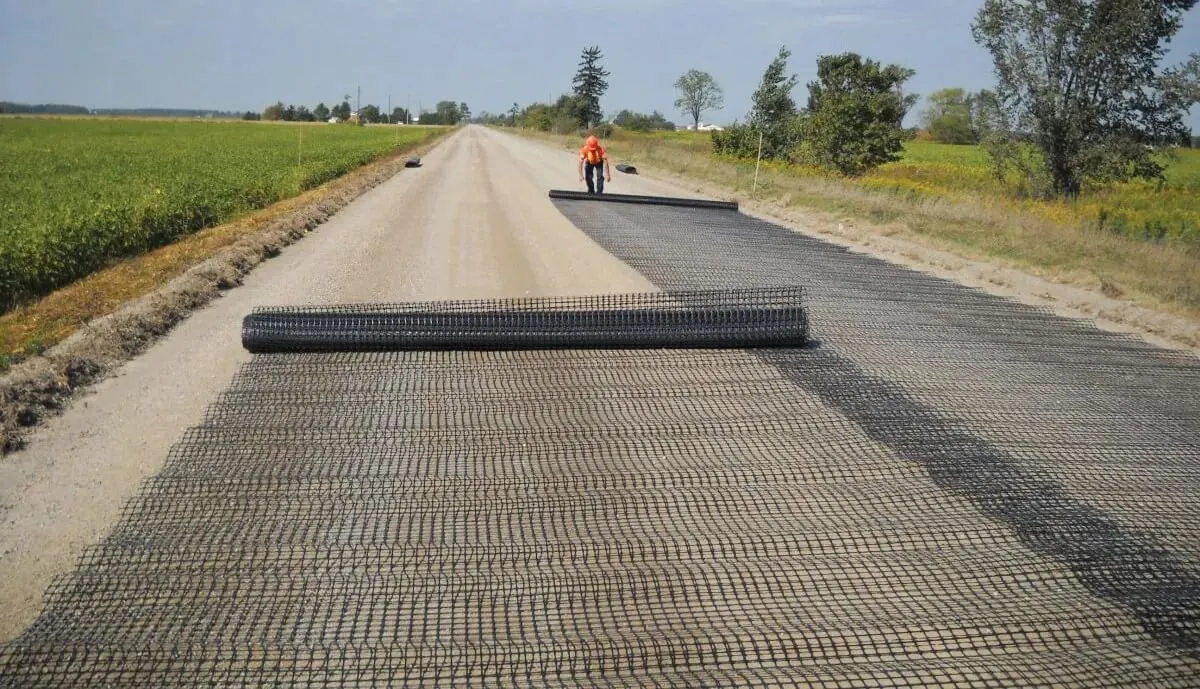What is Microfiber vs Cotton?
Microfiber vs cotton table outline
| Feature | Microfiber | Cotton |
|---|---|---|
| Material | Synthetic polyester blend | Natural plant-based fiber |
| Absorbency | High | Moderate |
| Durability | Excellent – resists wrinkles, stains | Moderate – prone to wrinkles |
| Maintenance | Easy care, quick drying | Requires more maintenance, longer drying time |
| Allergies | Hypoallergenic | Potential allergen |
| Texture | Smooth, soft | Soft and breathable |
| Eco-Friendly | Less eco-friendly due to synthetic production | Natural, biodegradable |
| Price | Often more price | Comparatively low in the price range |
Cotton fiber is a Gossypium plant. It is the seed hair fiber. The fineness of the fiber depends upon variety, growth conditions, and the area where it is growing. Cotton Fineness is generally indicated in micronair, which is directly proportional to cotton maturity. It is breathable, absorbent, soft, and comfortable. Cotton fabrics are mostly used in clothing, sheets, towels, and various household items. Cotton fabric is easy to care, durable, and hypoallergic. These properties of cotton make it a popular fiber among known fibers.
Microfiber is a synthetic fiber prepared by polymerization like polyester. It is typically blended with polyester and nylon Its content does not matter but its thickness for which it is called microfiber. Microfiber is a fiber that has a thinness of more than one denier. Microfiber is known for its durability, strength, and ability to repel moisture. These microfiber properties make fiber resistant to stains and water. It is more often used in athletic wear, cleaning clothes, and upholstery. Also, it is lightweight. It has very limited or lacks breathability like cotton.
Does microfiber breathe like cotton?
Microfiber does not breathe as cotton. Cotton is a natural fiber which is known for its breathability. It allows air to circulate which helps moisture to wick away, keeping your body cool. On the other hand microfiber cloth is a man-made material. It is not breathable as well as cotton as it does not allow air to circulate. Due to this property microfiber feels warmer and less effective in moisture wicking.
Resultantly when compared side by side, both microfiber and cotton, are good depending upon your requirements and affordability.
Why is microfiber better than cotton for cleaning?
Microfiber has a lot of advantages over cotton when used for cleaning:
- Superior absorbency: Microfiber’s fine fibers are approximately one-third the diameter of cotton fiber. It creates more surface area, allowing it to absorb and hold liquid. Microfiber absorbs water up to seven times its weight, making this property more effective for cleaning. This makes it more suitable for wiping than cotton.
- Trapping dirt and dust: The finer fiber diameter fibers can attract and trap dirt rather than drag as in the case of cotton.
- Lint-free performance: Unlike cotton, microfiber cloths tend to be lint-free. Cotton leaves lint behind making it lint-free fiber.
- Durability and longevity: Microfiber is more durable than cotton. It is very less prone to wear and tear. It has a long life span when used with care.
- Quick Drying: Microfiber drying rate are much faster than cotton making this fiber suitable for cleaning. It reduces bacterial growth or odors that are created during damping.
Resultantly microfiber has good absorbency, ability to clean, and performance making it a preferred choice for many cleaning choices. Over cotton cloth. However, microfiber has a few limitations: It comes with a high upfront cost as compared to other natural materials such as cotton and silk. Also, it needs special laundering too.
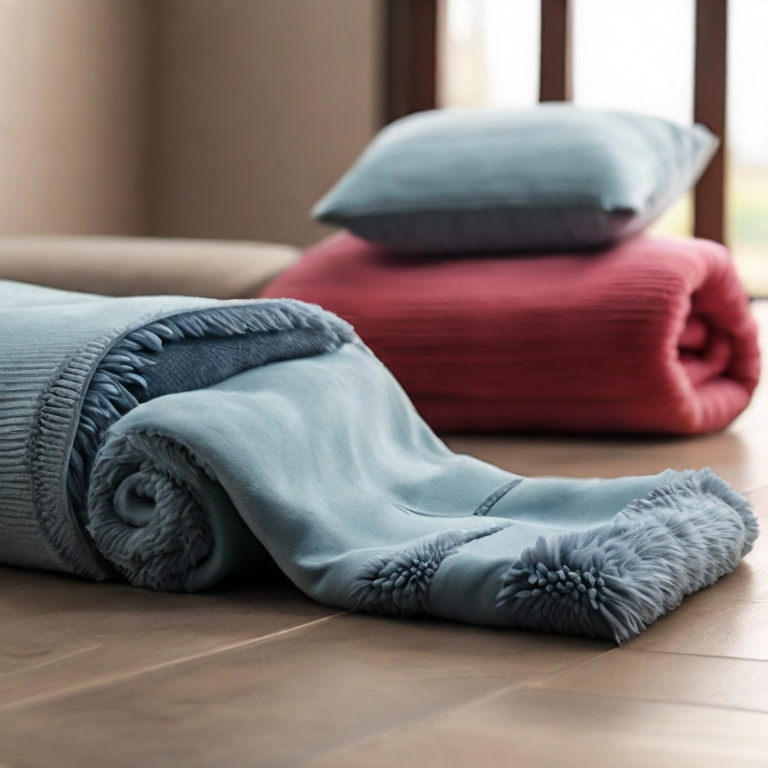
How to wash microfiber cloths
How to wash a microfiber cloths? Washing properly helps to maintain their effectiveness, here is a guide have some difference from cotton cloth washing:
- Wash microfiber cloths separately from other fabrics. Do not wash microfiber cloth with other materials, that produce lint. As lint deposits on microfiber cloths, it reduces its absorbency and overall performance.
- Use mild detergent avoid fabric softener, and bleach as they can damage microfiber and reduce performance.
- Use lukewarm water to remove stains from the fabric.
- If using a washing machine run it on a delicate cycle.
- Avoid using heat dry,
Proper care will prolong the life and effectiveness of microfiber cloths.
Frequently Asked Questions
How to clean microfiber cloth
How to wash microfiber cloth / How to wash a microfiber cloth?
Here is a guide that has some differences from cotton cloth washing: Wash microfiber cloths separately from other fabrics. Do not wash microfiber cloth with other materials that produce lint. As lint deposits on microfiber cloths, it reduces its absorbency and overall performance.
- Use mild detergents, avoid fabric softener, and bleach as they can damage microfiber and reduce performance.
- Use lukewarm water to remove stains from the fabric.
- If using a washing machine run it on a delicate cycle.
- Avoid using heat dry,
Proper care will prolong microfiber cloth life and effectiveness
How to wash microfiber cloth/ How to wash a microfiber cloth?
What is brushed microfiber
Brushed Microfiber is a type of fabric that is made of synthetic fabric mostly polyester. This is recognized by its soft flannel texture. The brushed effect is obtained by the mechanical process of rubbing metal brushes across its surfaces. This process involves gently lifting each fiber to get a velvety feel. Brushed microfibers are much softer than cotton flannel fabric The quality of flannel fabric is determined by either single, doubled, or not brushed.
What is microfiber sheets?
What is microfiber bed sheets? Microfiber bed sheets are composed of man-made fiber fabric, which is finely woven and thin fibers made from wood pulp, nylon polymers, and polyester. The fiber diameters are thinner than silk and less than 1 denier. Microfiber sheets are affordable, lightweight, and soft, and more durable than traditional polyester sheets. It is a wrinkle and shrinkage-free relatively new alternative for cotton and linen.
What are microfiber sheets made of
Microfiber bed sheets are composed of man-made fiber fabric, which is finely woven and thin fibers made from wood pulp, nylon polymers, and polyester. The fiber diameters are thinner than silk and less than 1 denier. Microfiber sheets are affordable, lightweight, and soft, and more durable than traditional polyester sheets. Due to its lightweight and finer weave, it is wrinkle and shrinkage-free and a more durable relatively new alternative for cotton and linen. These sheets offer benefits like moisture-wicking and temperature-regulation properties.
